California Governor Gavin Newsom has announced changes to the state's fire laws following a meeting with President Donald Trump on Thursday.
Why It Matters
Newsom's announcement after wildfires devastated Los Angeles, burning over 47,900 acres, destroying more than 16,250 homes and businesses, and killing 29 people.
Newsom's political future is now widely seen to be tied to his response to the wildfires, and any further missteps could end any ambitions he has for the presidency in 2028.
Newsom is believed to be a contender for the 2028 Democratic presidential nomination, though he has not yet expressed a desire to run.

What To Know
Governor Gavin Newsom signed an executive order Thursday enacting new wildfire prevention rules, requiring homeowners to clear flammable materials except for mature trees within five feet of their homes, an area known as zone zero or the ember-resistant zone.
State officials and researchers say embers are responsible for 90 percent of structures destroyed by wildfire. The regulations apply only to areas classified as "very high" fire risk under the state's fire-risk designations, and existing homes have three years to comply.
The order also directs CalFire to add 1.4 million acres (nearly 2,200 square miles) to the state's fire-prone map, bringing more homeowners under these fire mitigation rules. Notably, most neighborhoods that burned in the Eaton Fire were not on the state's fire-prone map.
These regulations were initially passed by lawmakers in 2020 and set to take effect by January 1, 2023, but the Board of Forestry Protection delayed implementation. After the recent wildfires in Los Angeles, spokesperson Tony Andersen told the San Francisco Chronicle in January that they were still in the "pre-rulemaking phase of development for Zone 0."
California already has some of the strictest defensible space laws in the West, requiring homeowners in fire-prone areas to clear flammable materials. The state first mandated a 30-foot buffer in the 1960s, expanding it to 100 feet in 2006.
Still, some critics argue the move comes too late.
"Hindsight is 20/20, but a lot of voters are questioning why this wasn't passed before the fires," said LA County pollster Manny Rodriguez to the California Globe on Thursday.
But others were more optimistic. "What we're seeing here is a very clear priority from the governor that this needs to move forward," Roy Wright, CEO of the Insurance Institute for Business and Home Safety that supported the 2020 law, told ABC News. "The administration is leaning in and says, 'Let's get this done. The people in California need this.'"
Newsom signed the order after returning from Washington, D.C., where he met with Trump to discuss wildfire prevention and recovery and federal aid. Trump has vowed not to give California more federal aid until the state changes its water policies.
"I don't think we should give California anything until they let water flow down from the north to the south," Trump said in a recent Fox News interview.
Trump blamed water shortages during the response to California's water management policies, a claim that state officials deny. It comes after some hydrants went dry as firefighters tried to battle the blazes. California officials have said that it was because of the high local demand.
Nonetheless, the president has called on Newsom to resign over the claim, referring to him as "Newscum" on social media.
Trump also falsely claimed that the U.S. military had "entered" California and "TURNED ON THE WATER." State authorities denied the claim.
"The military did not enter California. The federal government restarted federal water pumps after they were offline for maintenance for three days. State water supplies in Southern California remain plentiful," the California Department of Water Resources said on X, formerly Twitter.
While Thursday's meeting between Trump and Newsom did not immediately appear to result in any resolution on federal aid, Newsom described the conversation as "substantive" and "positive." He said they discussed wildfire recovery and more contentious topics, including water policy.
Meanwhile, a group of California residents are attempting to remove Newsom from his position with a petition that reached the required number of signatures to move to the next stage last week. The group will have 160 days to gather the 1.3 million signatures to put the recall petition on the ballot for Californians to vote on.
What People Are Saying
LA County pollster Manny Rodriguez told the California Globe on Thursday: "Hindsight is 20/20, but a lot of voters are having questions over why all of this wasn't passed before the fires. For the Zone 0 thing, many voters also don't like being told they can't plant things where they want on their own property. So that's a lot of people going against him off the bat.
"People are questioning why these weren't already in place more and more now though. It is good he is finally doing more about it all, but it is also highlighting just how behind the state was. He is facing a recall again for a reason."
Governor Gavin Newsom, in a press release: "The devastation in the Pacific Palisades and Altadena aren't new lessons. They are the latest lessons in urban firestorms that have devastated communities across the globe. To meet the needs of increasingly extreme weather, where decades-old buildings weren't planned and designed for today's realities, these proposals are part of a bigger state strategy to build wildfire and forest resilience from forest management, to huge investments in firefighting personnel and equipment, community hardening, and adopting state-of-the-art response technologies."
California Natural Resources Secretary Wade Crowfoot, in a press release: "These steps will spur proactive actions to defend the most vulnerable homes and eliminate combustible material within five feet of homes to reduce the risk of a home igniting in an ember-driven fire. These are important steps to limit wildland fires from becoming big urban fires."
What Happens Next
With the wildfires now contained, cleanup efforts are underway in Los Angeles. Rebuilding costs are expected to exceed $135 billion, making federal aid crucial for California.
Whether Trump will approve the funding remains uncertain, but Newsom's handling of the issue with the president will likely shape public perception of his leadership going forward.


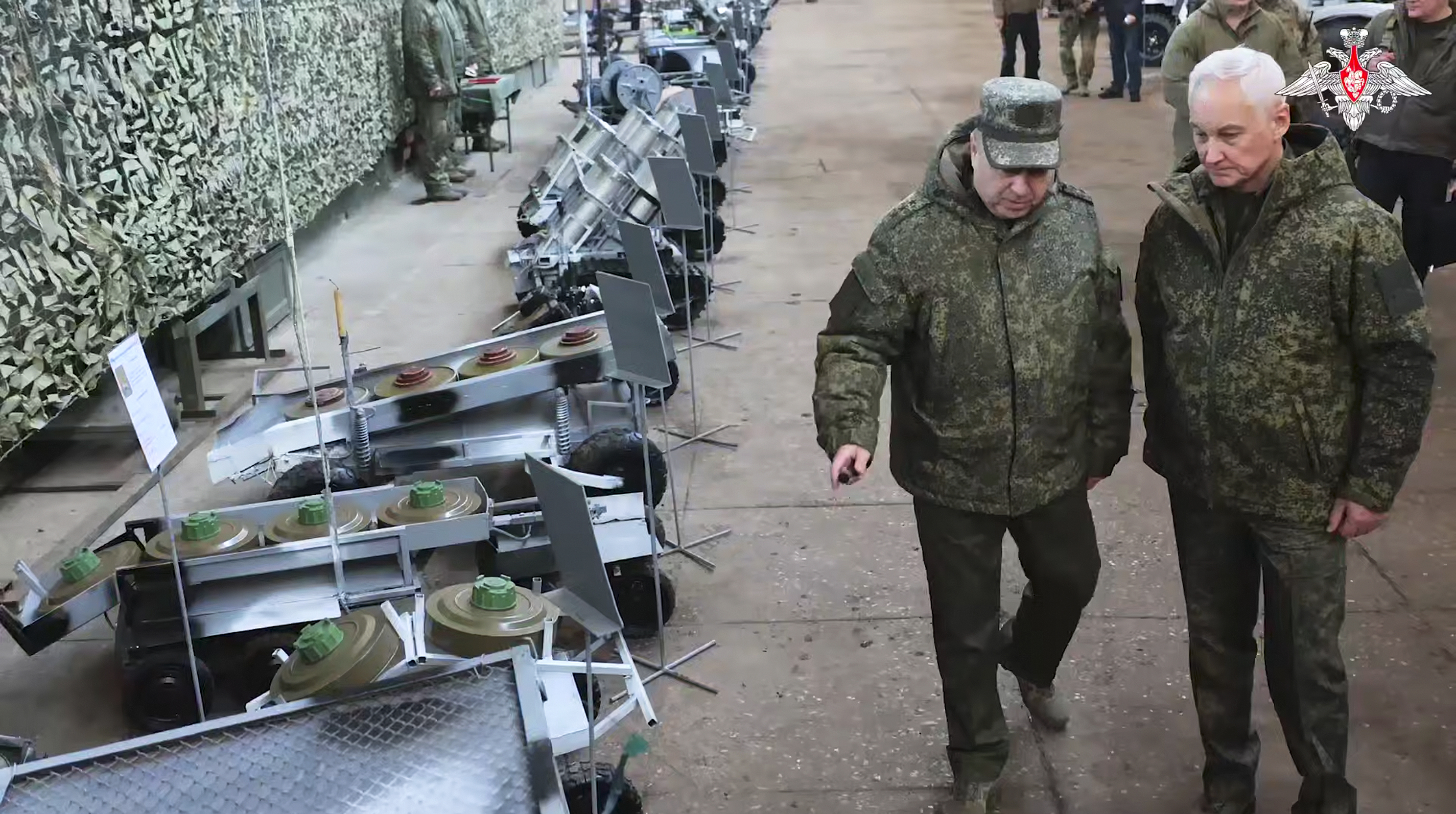

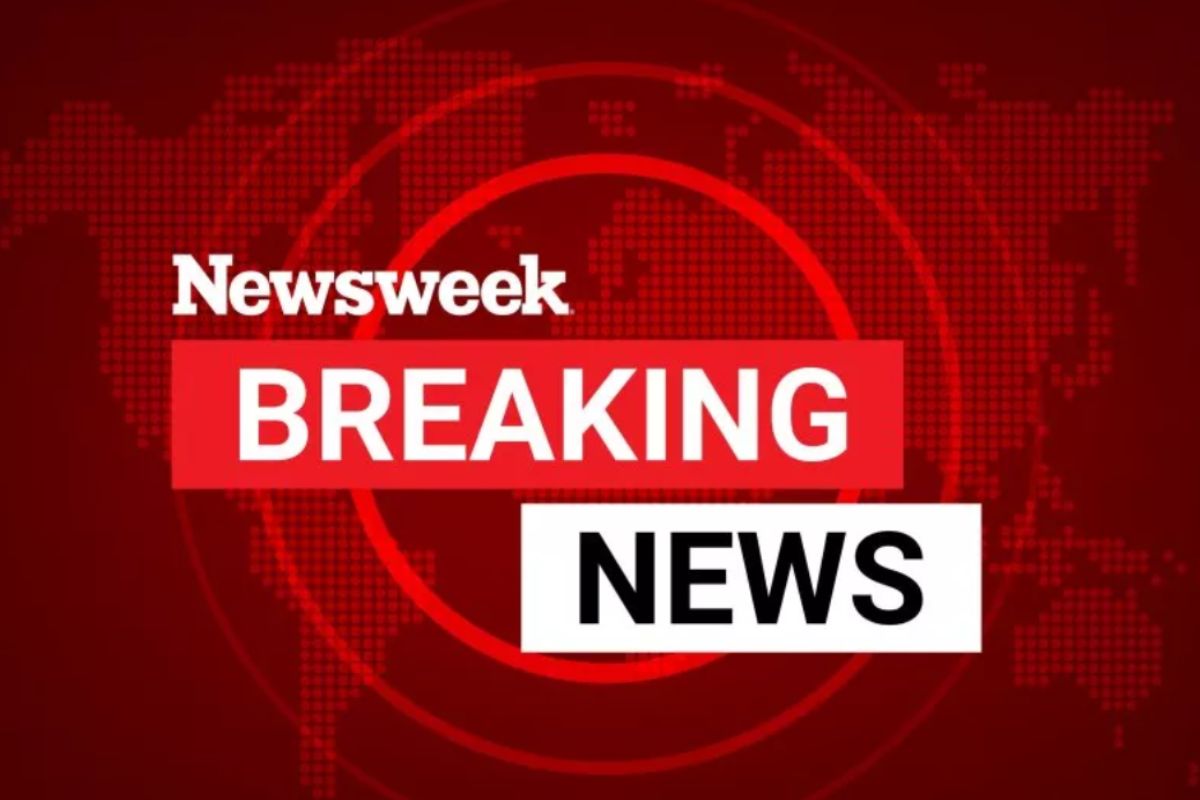
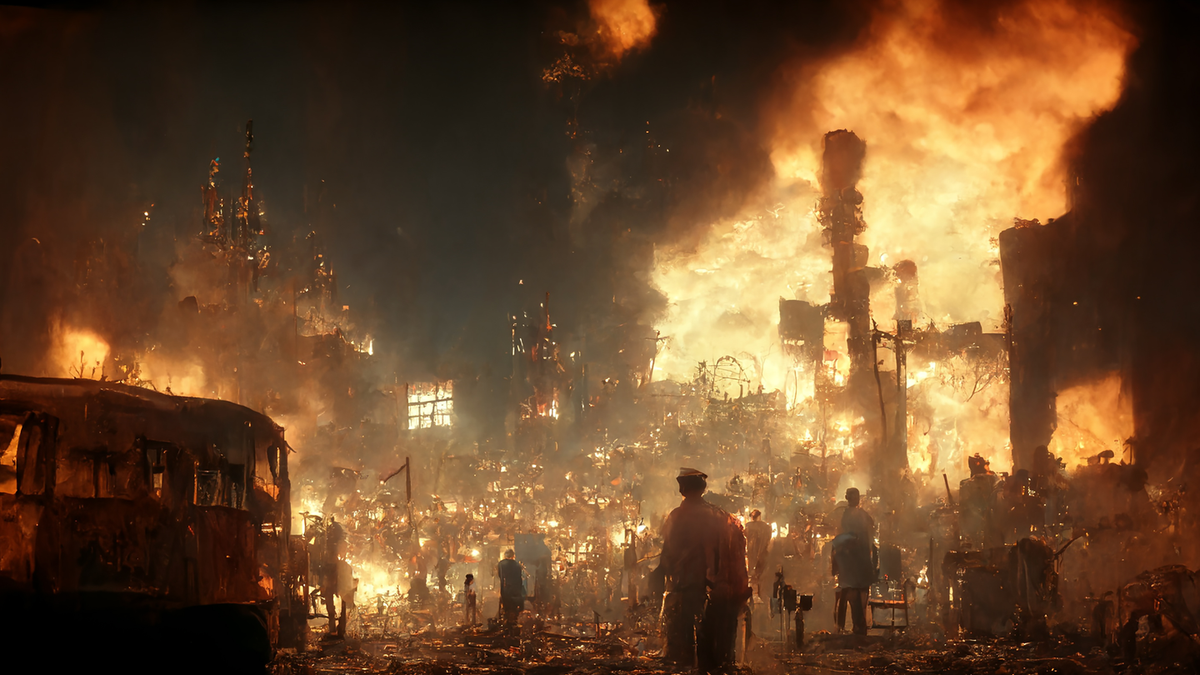


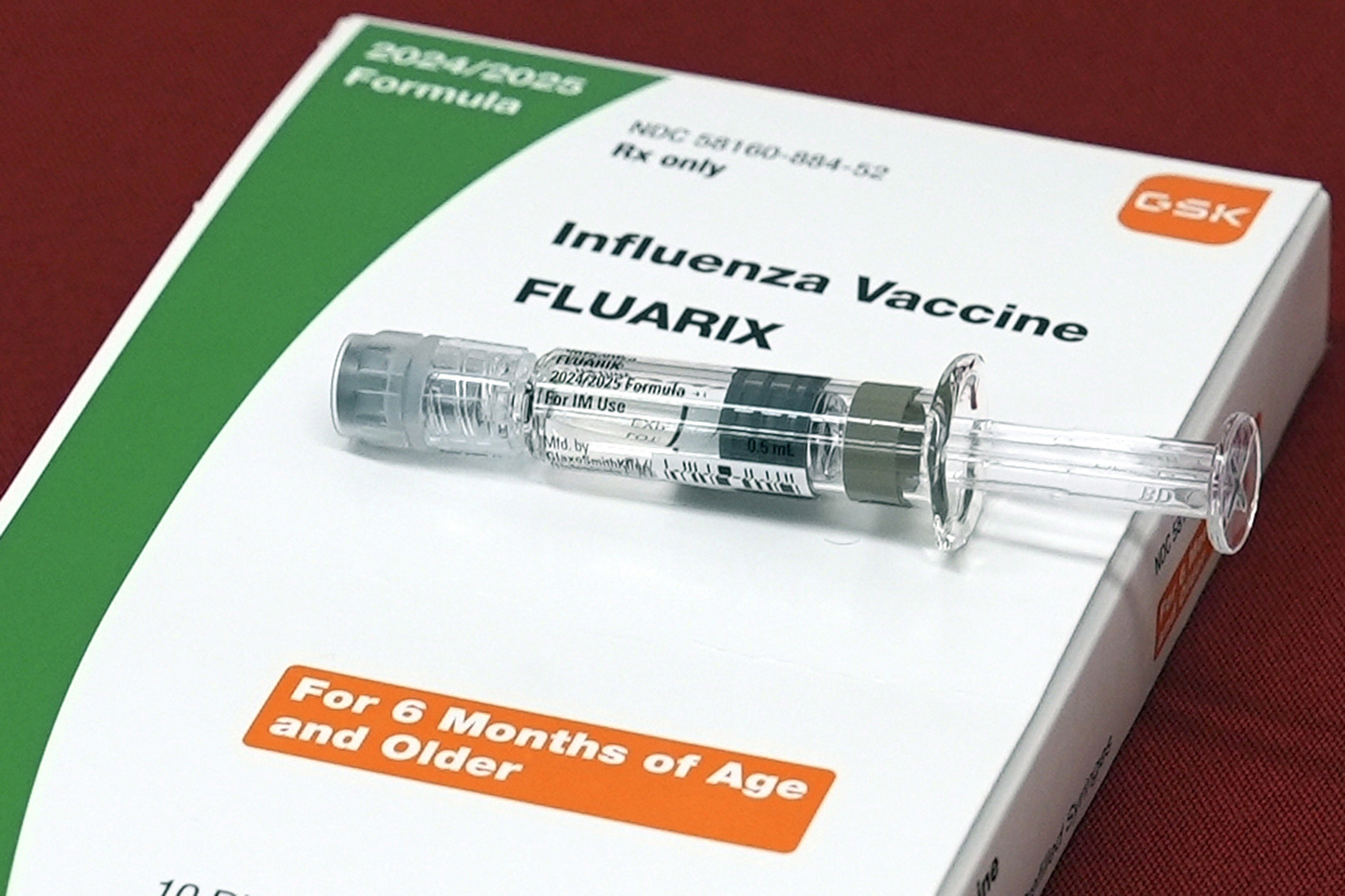



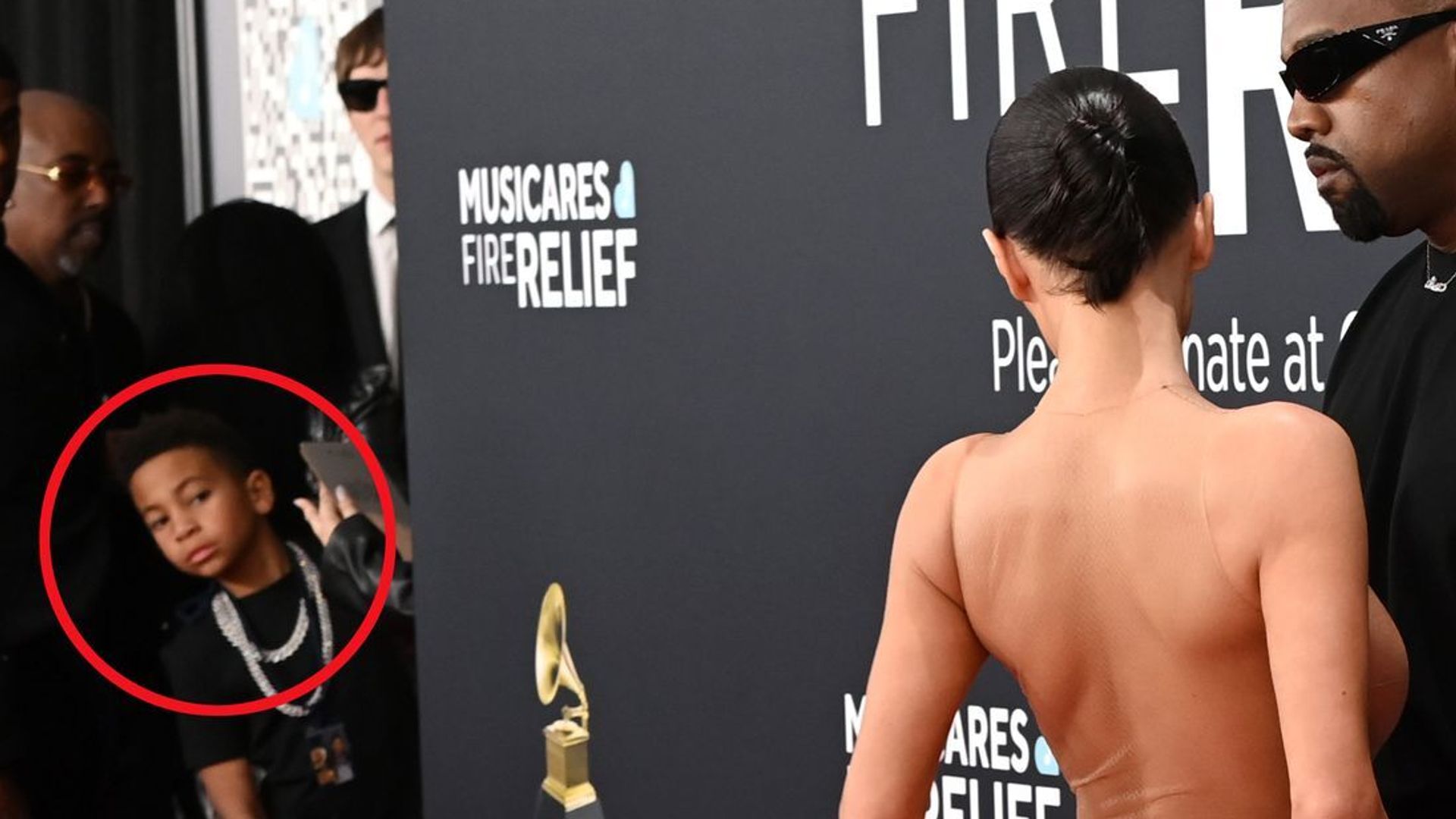)






)
 English (US) ·
English (US) ·